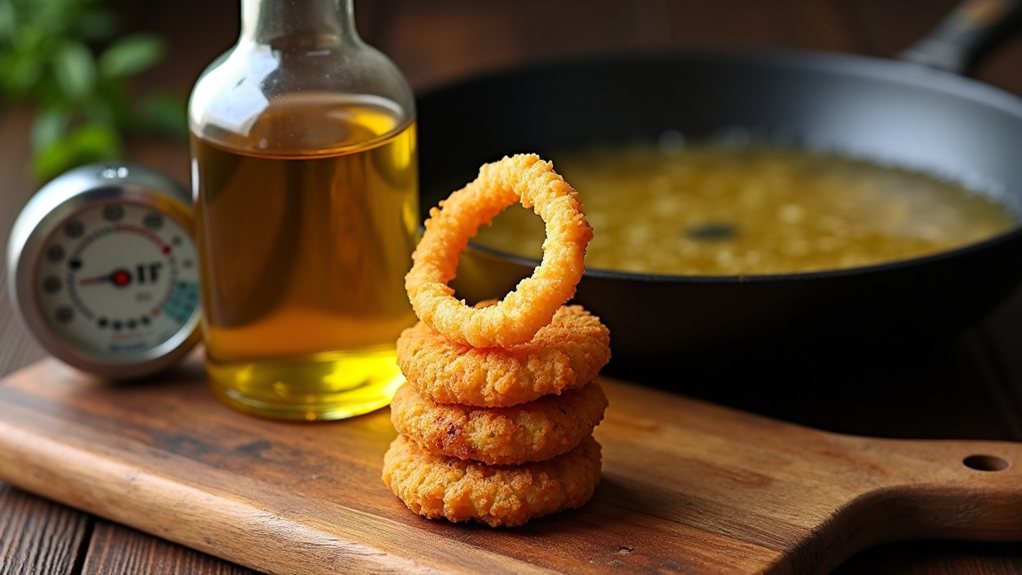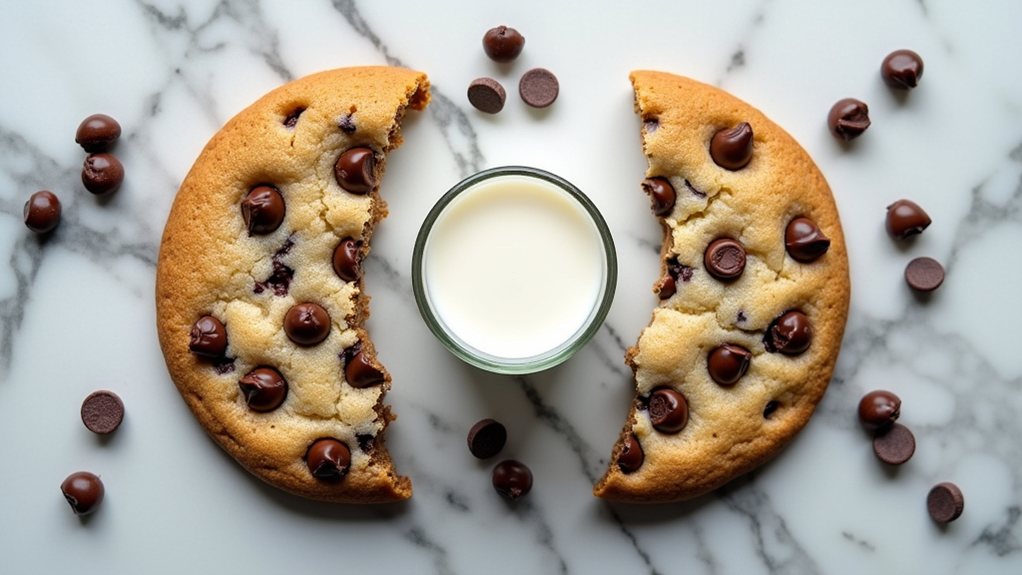Understanding Domestic and Craft Beer: What’s the Difference?
The fascinating world of beer offers a multitude of choices, each with its own distinct characteristics and flavors. Among the most discussed categories are domestic beers and craft brews. But what truly differentiates these two varieties? Understanding the nuances can enhance your appreciation for your drink and possibly influence your next selection at the bar or store.
What Is Domestic Beer?
Domestic beer is a term primarily used in the United States to describe mass-produced beverages created within the country’s borders. Major brands such as Budweiser, Miller Lite, and Coors Light are prime examples of domestic beers. These beers are typically produced by large corporations, which leads to standardized flavors and ingredients. Budweiser, for instance, is owned by Anheuser-Busch InBev and generated over $6.5 billion in sales in the U.S. last year alone.
The production of domestic beer often focuses on maximizing efficiency and profitability. As a result, the ingredients used tend to be cheaper and more basic, creating a drink that is light, easy to consume, and often lacking in robust flavors. This makes them widely available and familiar, typically found in virtually every bar and grocery store.
The Essence of Craft Beer
Craft beer, on the other hand, represents a vibrant and diverse segment of the brewing industry. To qualify as craft, a brewery must produce six million barrels of beer or less annually and be independently owned. Notable brands like Sierra Nevada, Dogfish Head, and New Glarus embody this craft spirit, offering a unique array of flavors and styles that distinguish them from their mass-produced counterparts.
Craft breweries take great pride in using high-quality ingredients, often sourcing hops and grains locally, and employing traditional brewing methods. This commitment to quality frequently results in beers with complex flavors, higher alcohol content, and innovative styles. Whether it’s a hoppy IPA or a rich stout, craft beers invite adventure and exploration.
Analyzing the Flavor Profiles
When it comes to flavor, domestic beers and craft brews take different approaches. A typical domestic beer is light and relatively bland, designed to appeal to a broad audience. Their watery taste doesn’t often stand out and is perfect for casual gatherings or as a refreshing complement to lighter foods.
In contrast, craft beers invite a sensory journey. For instance, an India Pale Ale (IPA) can deliver a burst of hop bitterness and citrus notes, making it an excellent companion for spicy dishes or rich, flavorful meals. Meanwhile, bolder craft stouts can introduce dark chocolate and coffee flavors that pair magnificently with desserts.
Food Pairings: Which Beer Goes Best?
Understanding which type of beer pairs with specific foods can elevate your dining experience. Light lagers like Miller Lite complement a wide range of casual fare, from pizza to nachos. They provide a refreshing palate cleanse and don’t overshadow the meal’s flavors.
Conversely, craft beers open up a world of possibilities due to their diverse flavor profiles. A complex sour ale might pair delightfully with spicy Asian cuisine, while a hearty brown ale could enhance the flavors of a roast dinner. Cooking with beer offers more exciting avenues as well. Domestic beers often work best for beer-braised dishes and lighter recipes, while craft beers can add depth to marinades and sauces.
Choosing Your Brew: Domestic vs. Craft
Deciding between domestic and craft beers ultimately boils down to personal preference. If you enjoy a light, straightforward option that is readily available, domestic beers serve that purpose well. However, if you appreciate bold flavors and the artisanal touch of handcrafted brews, exploring the craft beer landscape would be immensely rewarding.
As you embark on your beer journey, consider trying different styles and brands within both categories. Whether you’re sipping a classic domestic lager on a hot summer day or indulging in a rich craft stout in cooler months, there’s no right or wrong choice—just your unique taste preferences guiding you to your next favorite. Cheers!









